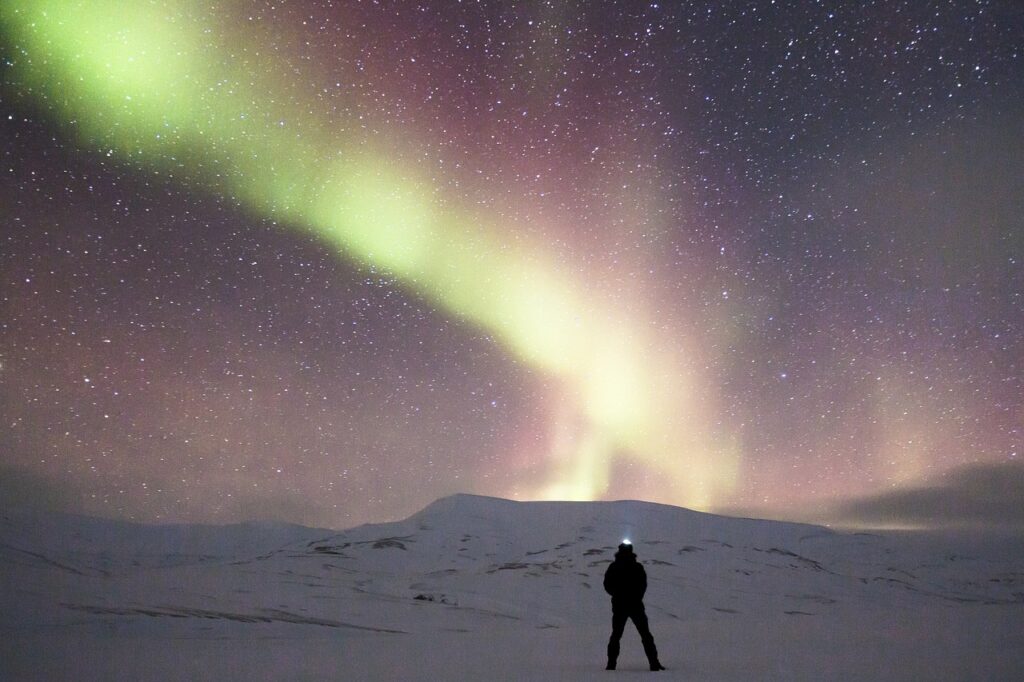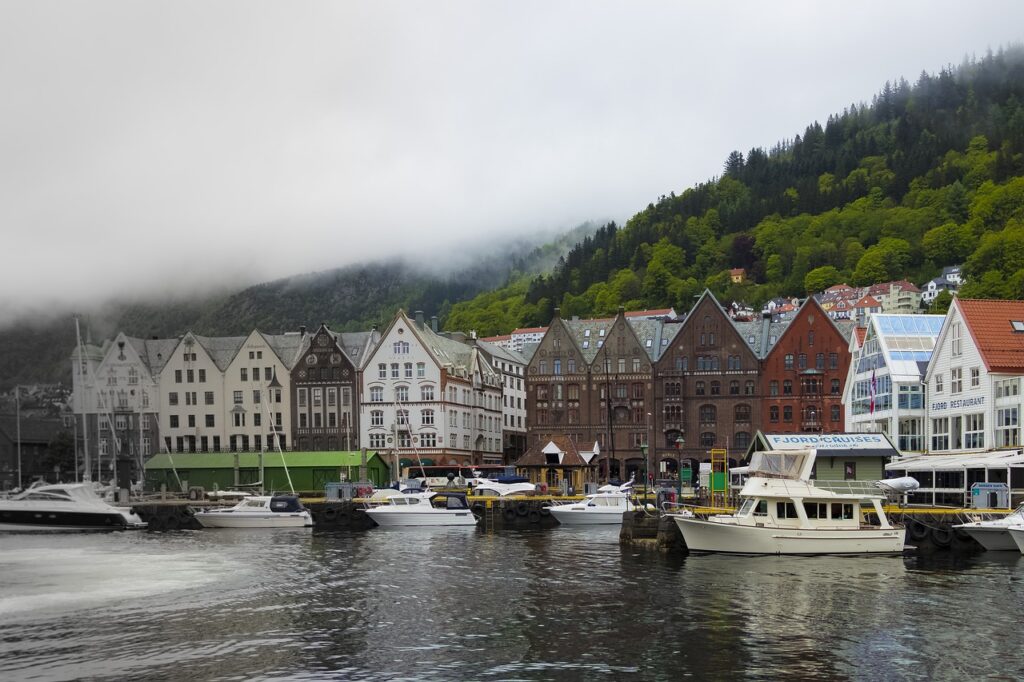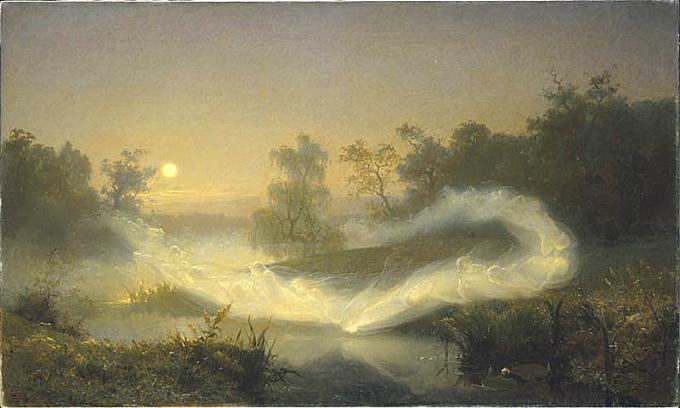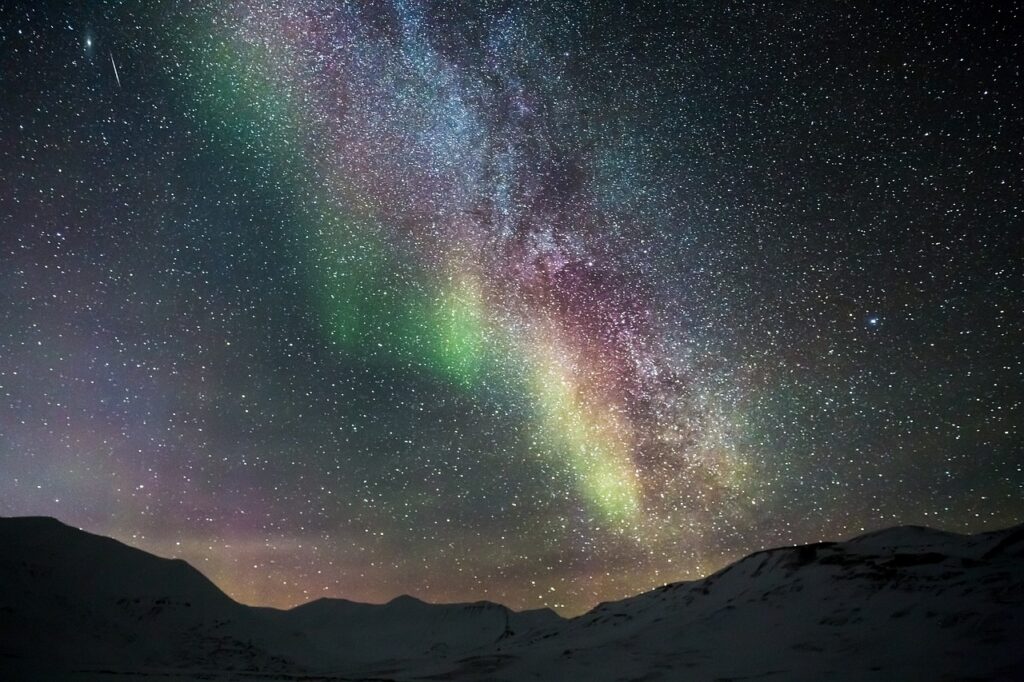Best Places to See the Northern Lights in January 2024
In the enchanting dance of the Northern Lights in January, the Nordic destinations offer prime conditions to witness the celestial spectacle. With nights at their longest, these cold Arctic landscapes become the perfect canvas for the ethereal play of lights. Join us on a journey through Tromsø, Iceland, Finnish Lapland, and Abisko. Each destination promises a unique winter wonderland for those seeking the magic of the Northern Lights in January. Abisko | Northern Lights in January In January, Abisko retains its charm as a prime destination for witnessing the ethereal dance of the Northern Lights. Last January, while we initially planned our stay in Kiruna due to limited availability in Abisko, the drive back and forth revealed that the weather in Abisko consistently favored optimal Northern Lights viewing. Finding the Right Accommodation Opting for accommodation outside Kiruna, like this one, has, in the past, provided us with a communal experience with fellow Aurora hunters. Spontaneous outings to witness the celestial display by the nearby lake have often unfolded, creating memorable moments of shared awe and wonder. Maximizing Your January Aurora Experience with a Guided Tour For an optimal and hassle-free Northern Lights experience in January, we recommend considering a guided tour. These tours not only maximize your chances of encountering the Aurora but also ensure a safe and enjoyable expedition. Considering the unpredictable weather and varying road conditions, a guided tour offers a convenient and expertly guided journey. This way, the likelihood of witnessing the captivating Northern Lights spectacle is surely enhanced. If you’re planning a trip to Abisko in January, this recommended tour could be your key to an unforgettable Arctic adventure. Dressing warmly, donning the right boots, and embracing the frosty embrace of the Arctic will ensure you make the most of this extraordinary experience. Tromso | Northern Lights in January In Tromsø, January unfolds as a promising month for seekers of the Northern Lights spectacle. While there are no certainties in catching the ethereal dance, the extended nights heighten the chances. Booking a Northern Lights tour is a solid recommendation, whisking you away from the city lights for an unobstructed view of the Aurora. Wrap up in warm clothing and pack some patience—it’s all part of the Arctic adventure. Embracing the Magic of Tromsø in the Polar Night’s Farewell The Polar Night bids adieu around January 15th, marking the return of the sun celebrated with delightful pastries known as “solboller” or “sun buns.” The magical “blue light” during the daylight hours sets a dreamy atmosphere, allowing you to strategically plan your days for maximum enjoyment. However, there is still more than enough darkness to help you see the Northern Lights in January. A January Journey to Tromsø’s Northern Lights and Beyond While the skies are very likely to be graced with the Northern Lights in January, Tromsø offers more than celestial wonders. The “blue hours” and scenic landscapes, especially in clear weather, add another layer to your Arctic experience. Opt for a guided tour for prime Northern Lights viewing, and if the skies grant clarity, venture beyond the city to amplify your chances of witnessing this celestial ballet. In January, Tromsø unveils its enchanting Aurora display, where the dance of the lights takes center stage amidst the symphony of winter wonders. Iceland | Northern Lights in January Exploring Iceland in January offers a mix of excitement and challenges due to the unpredictable and harsh winter conditions. In fact, it’s renowned as one of the months with the most severe weather. Honestly, you should consider skipping the rental car and opt for guided tours from Reykjavik. While this might limit spontaneous adventures, it ensures safety and provides a hassle-free opportunity to witness the Northern Lights in January. A Serene Escape January brings the advantage of fewer tourists, potentially resulting in more affordable accommodations and car rentals. However, it’s essential to acknowledge the difficulties of driving in this weather, with certain parts of the country possibly closed. Staying in Reykjavik during January is convenient, providing both comfort and accessibility to explore the captivating winter landscapes of Iceland. Daylight hours take precedence, allowing you to soak in the breathtaking snowy landscapes, engage in winter activities, and experience the unique joy of being in a hot tub while snowflakes gently fall. Your Best Bet for Northern Lights in January – Reykjavik Guided Tours To enhance your chances of catching the elusive Northern Lights in January, consider embarking on a guided tour from Reykjavik. As already mentioned, this is the ideal and secure way to chase the aurora amid the captivating winter landscapes. Rovaniemi | Northern Lights in January In the heart of Finnish Lapland, Rovaniemi emerges as a prime destination for witnessing the Northern Lights in January. The city, with its Arctic charm, becomes a magical playground as the celestial dance graces the polar night. Winter Activities in Rovaniemi Beyond Aurora Beyond the mesmerizing lights, Rovaniemi offers a myriad of winter activities to enhance your Arctic adventure. Picture yourself dashing through the snow on a thrilling sleigh ride, experiencing the exhilaration of snowmobiling, or embarking on this enchanting Frozen Waterfalls Tour. Amidst the serene winter landscape, treating yourself to a Finnish sauna experience becomes a must, ensuring absolute relaxation. Navigating Rovaniemi’s Chill for the Northern Lights January, being the coldest month of the year, calls for caution, especially for those unaccustomed to the Arctic chill. For the best chances of witnessing the Northern Lights safely, we strongly recommend this guided tour. Truly, an ideal way to navigate the wintry terrains while enjoying the ethereal spectacle. Best Places to See the Northern Lights in January: Final Thoughts In conclusion, January unveils the Northern Lights in all their celestial splendor across the Nordic landscapes. Undeniably, these destinations—Tromsø, Iceland, Finnish Lapland, and Rovaniemi—offer a unique canvas for the ethereal dance of the Aurora. However, while the Arctic chill embraces these regions, dressing warmly is not just a suggestion but a necessity.
Best Places to See the Northern Lights in January 2024 Read More »









